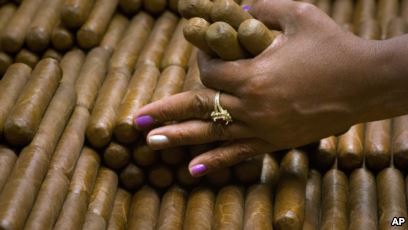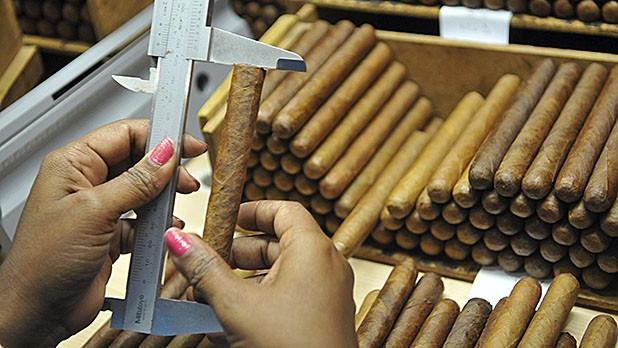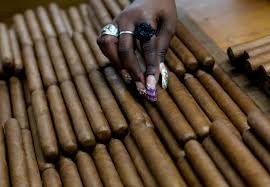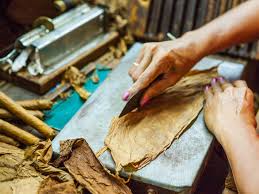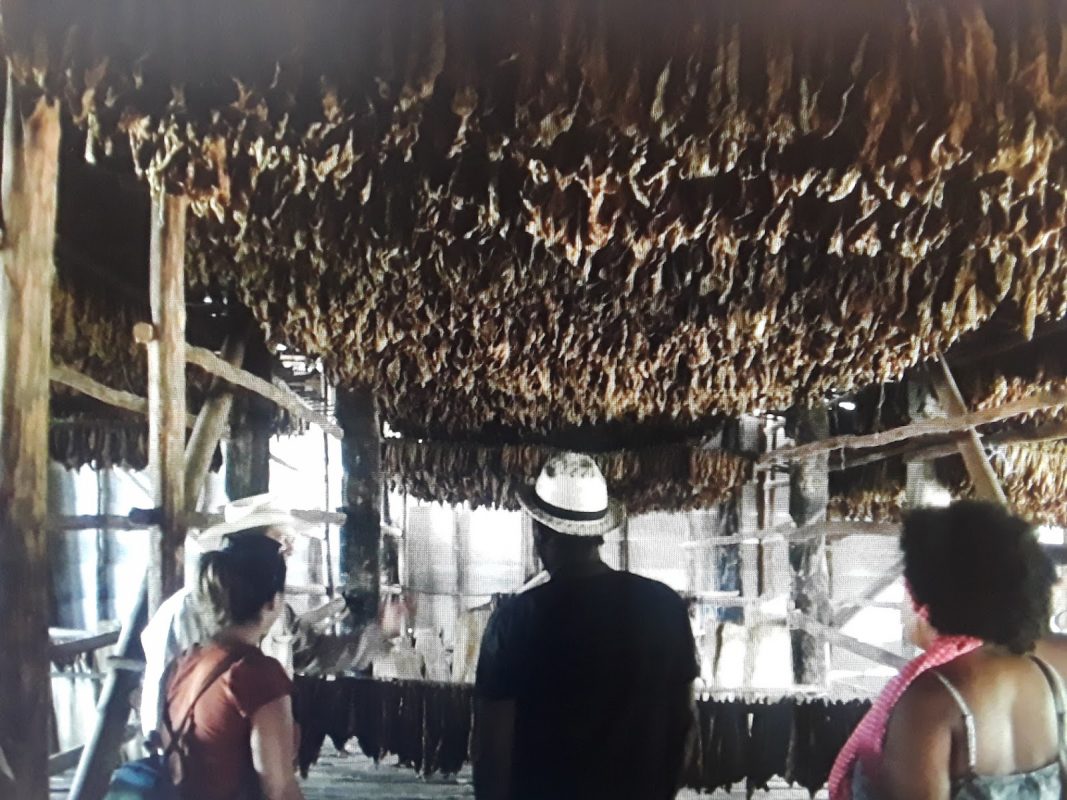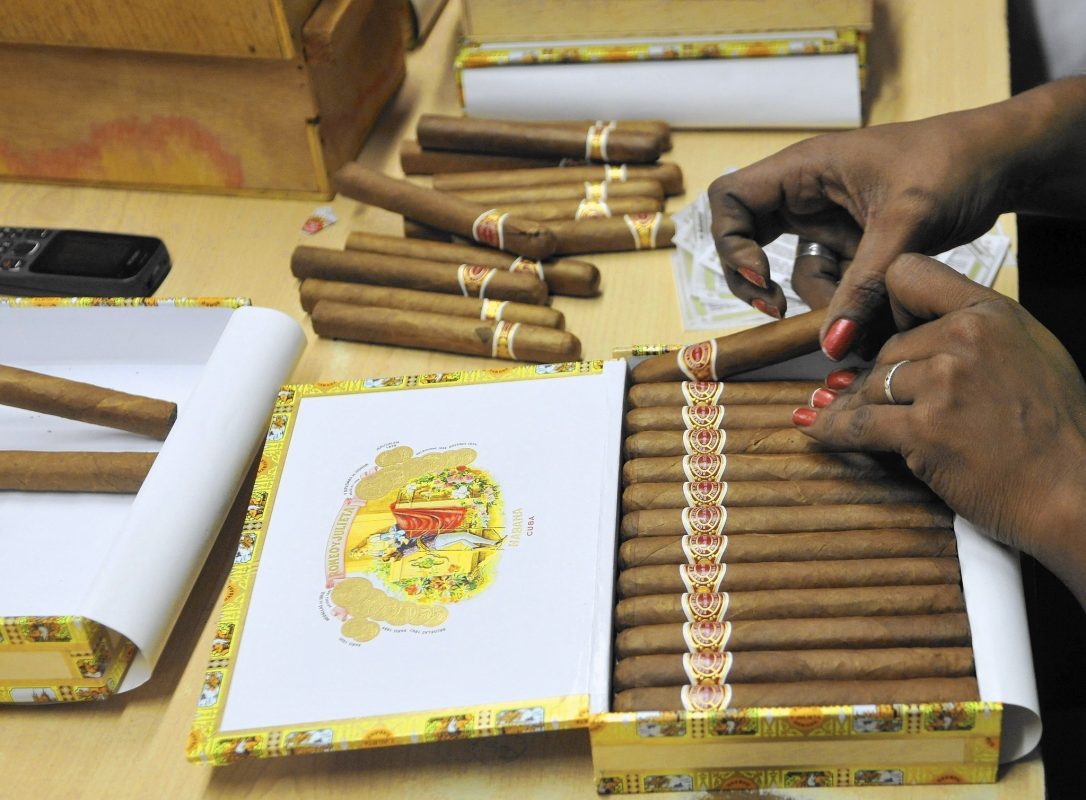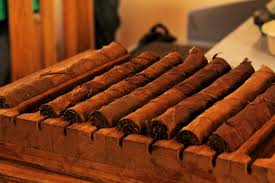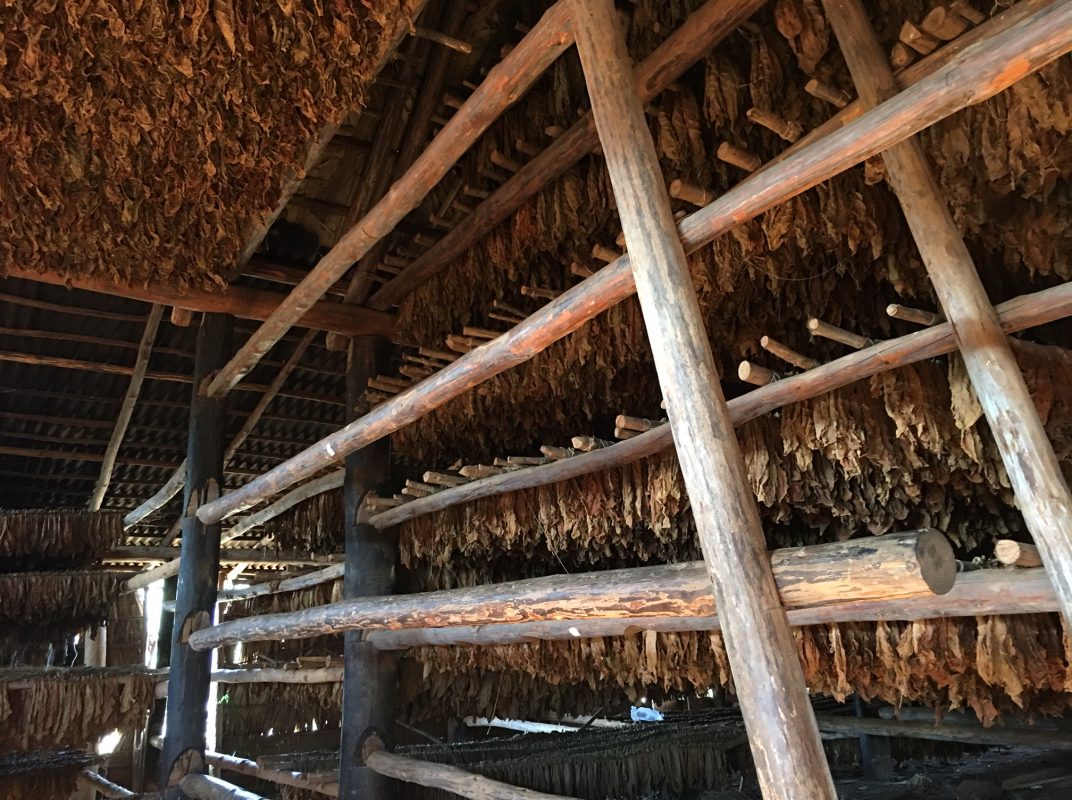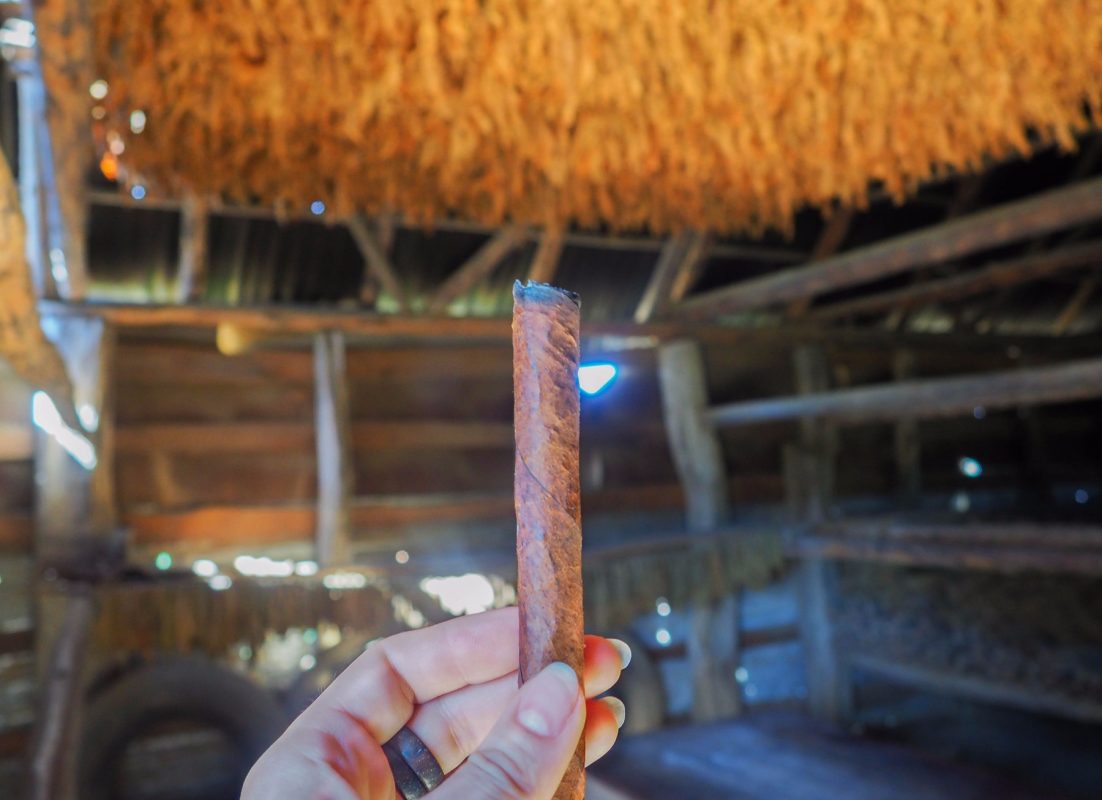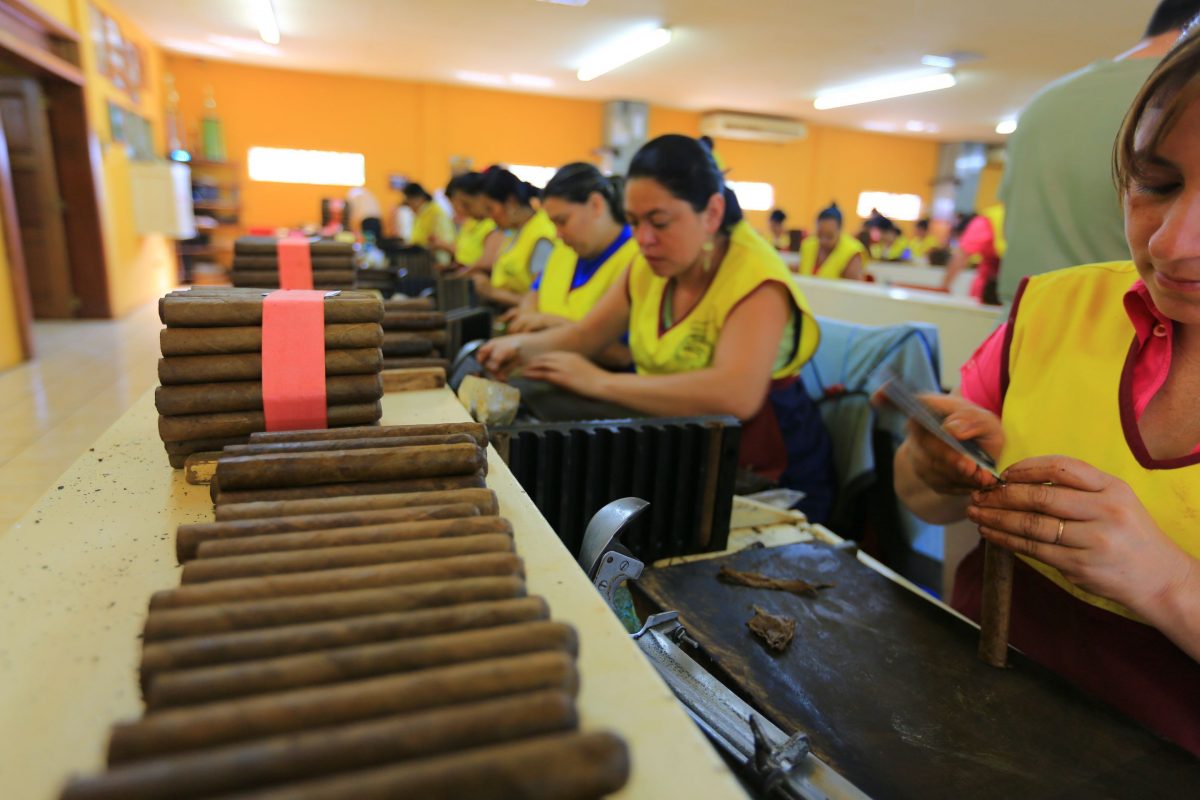Blog
Cuban Cigars: Quality Control
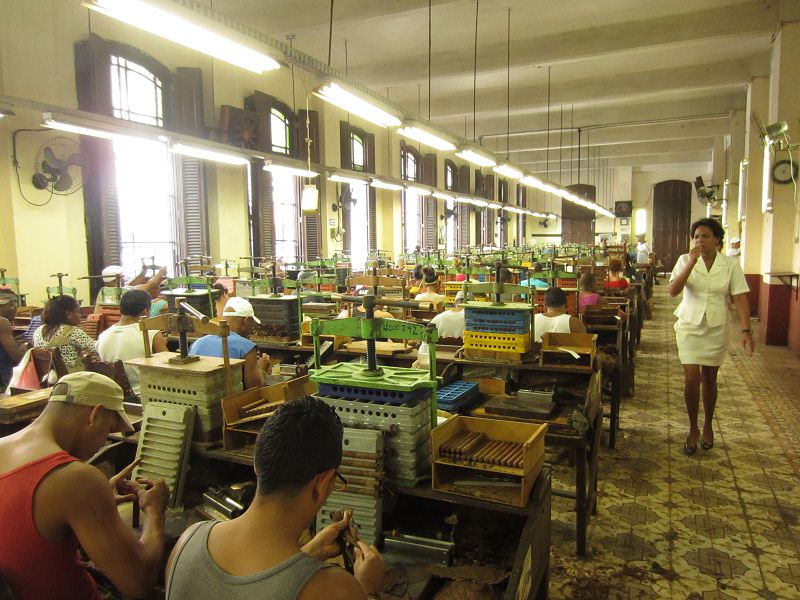

High-quality Control of the Cuban Cigar Boxes in the Factory
High quality management on cigars concerns the development, appearance, taste, and suction(draw). As soon as it’s done, it’s not finished. High-quality control needs to be exercised on all packaging materials and, then, on the full box to verify the shading of the cigars before closing it. That appears easy. In reality, for hand made cigars, it’s a tough problem. To not do it, however, to set up the standards of acceptance and to respect them.
Construction Control
A Premium cigar is meant to have an ideal form on the correct dimension (size and ring gauge). The physique should be straight and, when examined by feeling, the compactness should be even from one end to the other, not too soft, not too hard. The head should be properly closed. The foot should be cut straight, perpendicular to the lengthwise axis. All that doesn’t assure that the cigar will smoke correctly because it doesn’t let you know how fillers are organized inside the bunch (See suction control).
Suction Quality Control 1
Historically, a hand made cigar with a great construction was supposed to have an excellent draw. So long as there was no suction machine, there was no alternative for checking it. Actually, it worked, but not 100%. Forget the very hard cigar that in all probability has a heavy draw. Forget the too soft cigar that has in all probability a too easy draw. A well-constructed cigar can have twisted fillers inside that obstructs the air flow. No one can really feel that before lighting the cigar up. Drawing test at machines, running within the machine-made cigar industry, have been adapted for the handmade cigars producers. To control the suction on a finished cigar, you may smoke it but then you may have destroyed it! There are two kinds of drawing test machines for finished cigars. With one, you cut the head for measurement and also you destroy your cigar too.
Suction Quality Control 2
The second technique works with a needle making a hole within the head for measuring and also you repair the cigar afterward. If the draw is bad, you send back the cigar to the manufacturing department to remake it or throw it away. You lose at the very least the wrapper, which could be very costly otherwise you lose the entire cigar. At present, thanks to a brand new machine, one of the simplest ways is to test the draw on the bunch before wrapping. If the draw is out of the appropriate range, you may simply remake the bunch, avoiding additional cost on the wrapper.
Appearance Control 1
A Premium cigar smoker likes to have an attractive product: a fair and clean coloration, and no breakage or hole within the wrapper. However the cigar is hand made (“error human exist”), and the wrapper is a natural product. Thus, there are a lot of methods to have defects in cigars. Even when these defects don’t have an effect on the taste, the buyer doesn’t like to see them. At every step of the production course of, from the leaf department to the quality control, the undesirable wrapper leaves and cigars are rejected.
Appearance Control 2
Wrapper leaves are responsible for the cigar’s appearance. Defects are naturally quite a few. They’re spots, stains, two-tone or three-tone colors, off-color veins, shine. Shine is an indication of a healthy wrapper. Off-color veins are a bad signal: tobacco has suffered within the field or has been improperly cured. Multi-tone colors can simply be ugly, some stains too. However, one green spot on a Cuban wrapper or few small white spots on a Cameroon one is like a signature: they show that the wrapper leaf is excellent and there’s no motive to reject the cigar.
I hope this information helps my clients understand how important are every single detail in the Habano production.
Sincerely,
Marilyn Spencer

